Although the terms ‘billiards’ and ‘pool’ are often used interchangeably, the two do not mean the same thing. ‘Billiards’ was originally a term to describe a game called ‘carom billiards’ exclusively, but has since evolved into a general term to describe a variety of games played on a table with balls and a cue stick. While carom billiards and pool are often played with similar equipment, each game is different and thus has different rules. Likewise, snooker is also a game played with similar equipment, yet has its own set of rules.
Ball Differences
One key difference is in the number of balls used. Snooker uses twenty-two balls, including a white ball known as the ‘striker’ ball. The other balls used are fifteen red balls, and one each of yellow, brown, blue, pink, black and green. Each ball is 2 1/16 inches in diameter. Billiards, on the other hands, uses only three balls: one each of white, yellow, and red, with both the white and the yellow able to act as the striker ball. The balls are 2 7/16 inch diameter. In pool, the number of balls can change depending on the variant of the game, however a full set of balls consists of sixteen balls, each 2 1/4 inches in diameter: eight balls of solid color numbered one to eight, seven balls with a stripe of color numbered nine to fifteen, and a solid white ‘cue’ ball.
Table Differences
Most carom billiards and pool games are played on either a seven-foot table (also known as a bar table), eight-foot table (sometimes called a home or recreational table), or nine-foot table (known as a pro or tournament table). Carom billiard tables do not have pockets, whereas pool tables have pockets. For snooker, pocketed tables are used. American tables are typically ten-foot tables, and English snooker tables are massive twelve-foot tables.
Rules Differences
Of course, each game has a comprehensive list of rules, including a number of variations. The main idea in a game of carom billiards games is to score points, called ‘counts’, by bouncing one's own ball, called a cue ball, off of the other two balls on the table.
In snooker, the games are organized into frames. The player can win a frame by scoring the most points, using the cue ball to pocket the red and colored balls. The red balls are each worth one point, whereas the yellow is worth two points, the green three points, the brown four points, the blue five points, the pink six points, and the black seven points. Rules govern which ball can be pocketed at on a given turn. Balls that may be pocketed on any given turn are the “on” balls. For example, if a red ball is pocketed, this must be followed by a colored ball, which must in turn be followed by a red ball. If the wrong ball is pocketed, this is considered a ‘foul’ and the player does not receive points for pocketing the ball.
There are many games that can fall under the umbrella of ‘pool’, however in straight pool, players can score points by shooting the balls into the table’s pockets (called ‘pocketing’ the ball). Before the game, players agree to reach a certain number of points to be declared the winner (a typical game is one hundred points, whereas a professional game is usually one hundred fifty points). Players can pocket any ball on the table, and each successfully pocketed ball awards the player one point.
Straight pool is a ‘call-pocket’ game, meaning players must declare which ball they intend to go in which pocket before shooting. For the shot to be successful, the intended ball must reach the intended pocket.
Thanks for taking the time to read our blog and be sure to check back for more content.


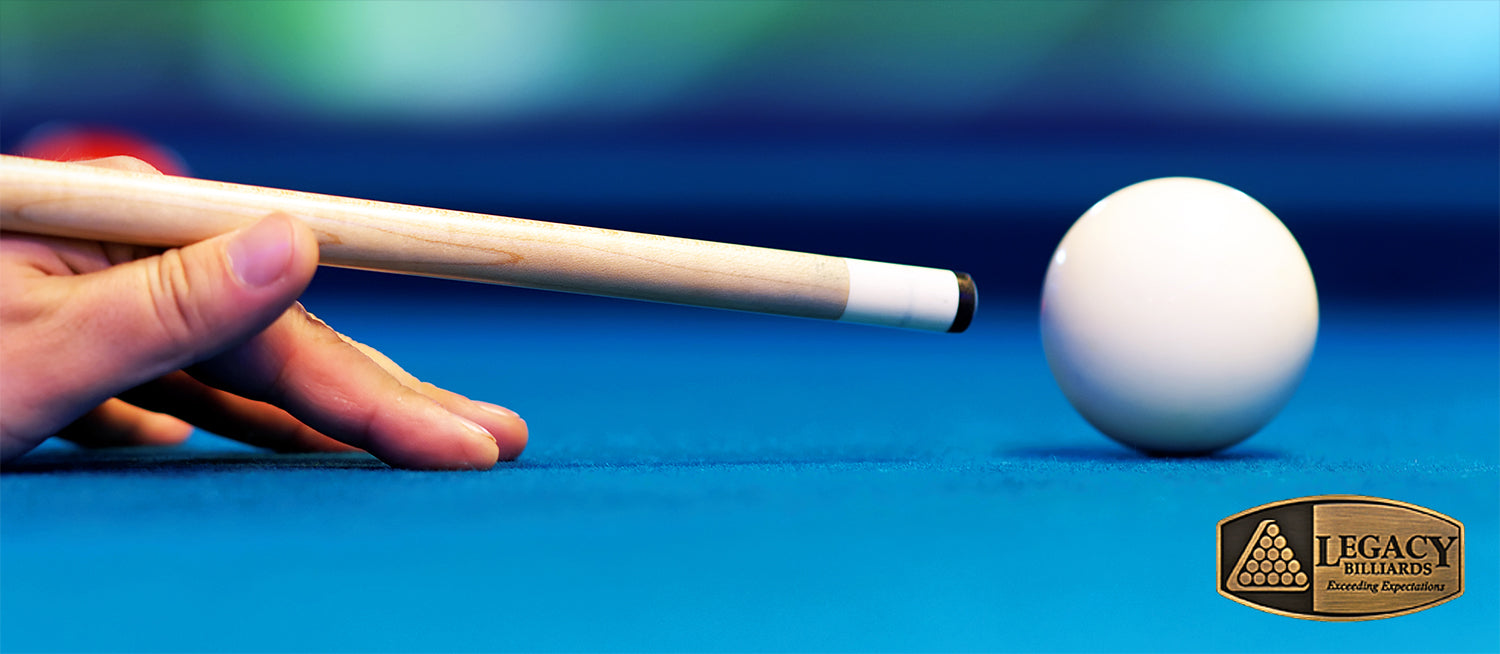
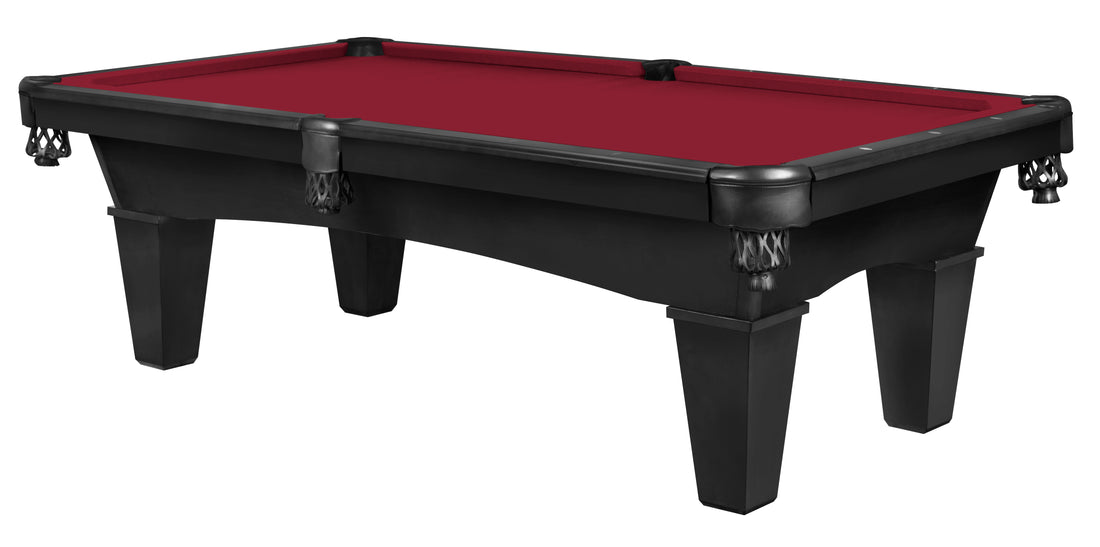
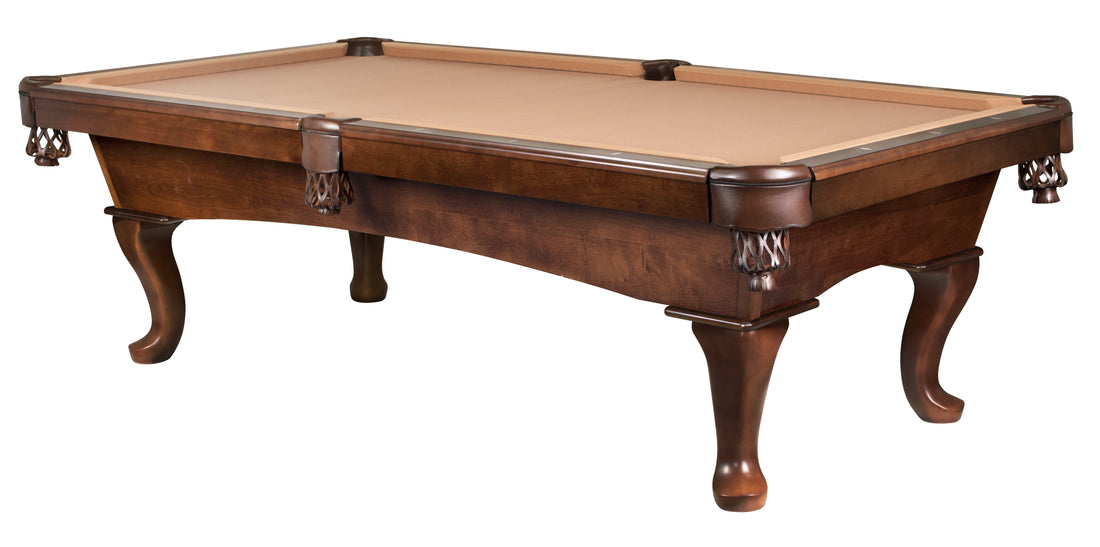
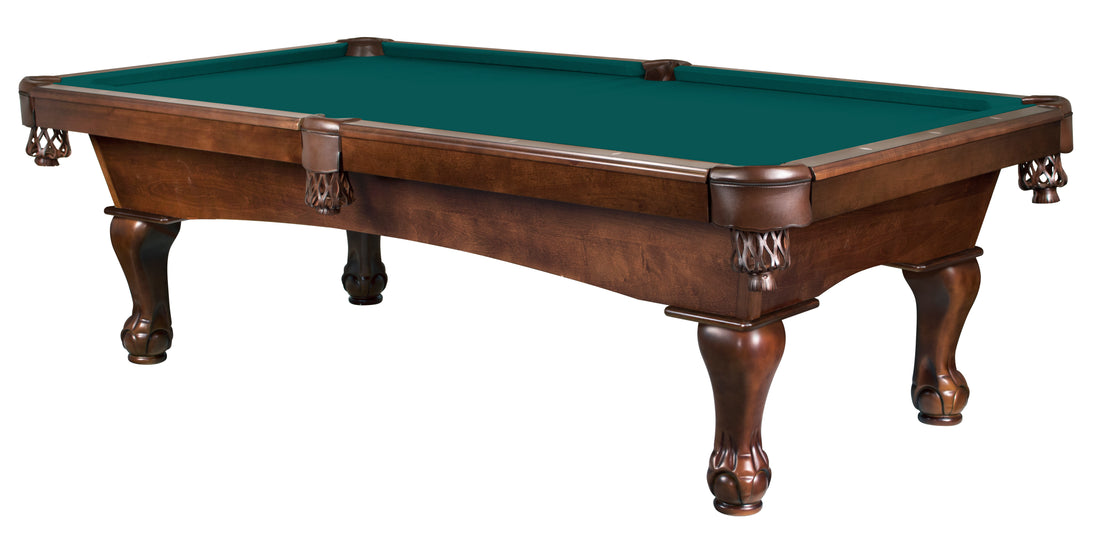
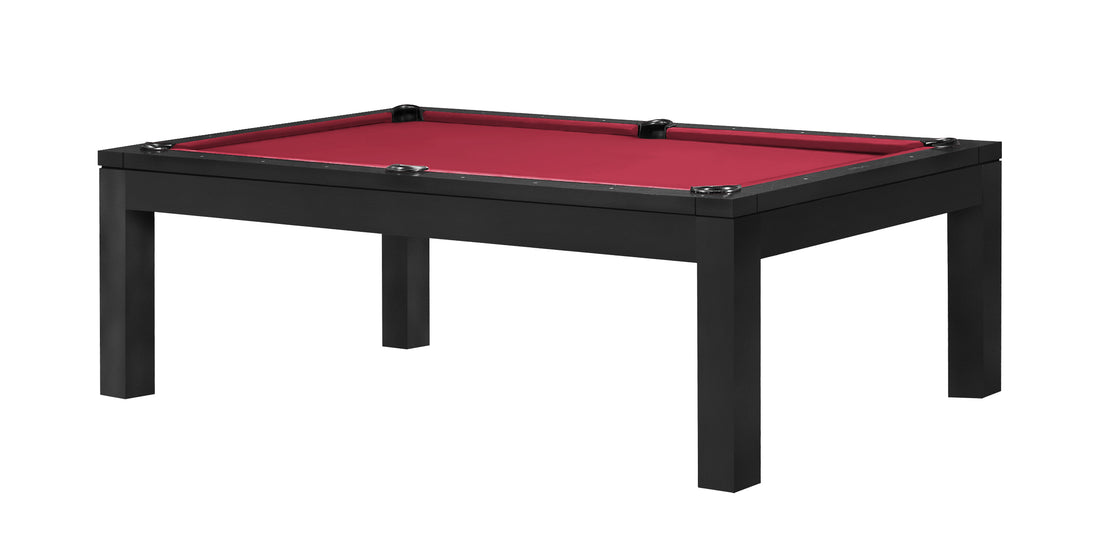

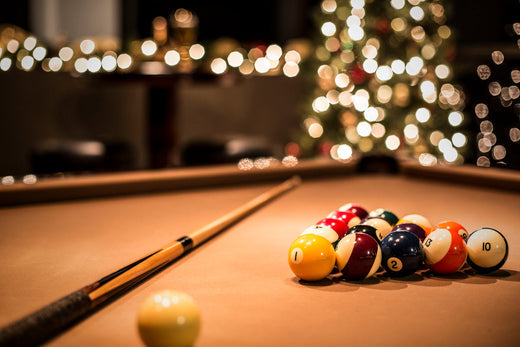


1 comment
Thank you for sharing this informative article on snooker. As a snooker enthusiast myself, I found your analysis of the game to be insightful and thought-provoking.
I especially appreciated your discussion on the mental aspects of snooker and how important it is for players to maintain their focus and concentration throughout a match. This is something that is often overlooked by casual fans of the game, but it can make all the difference between a win and a loss.